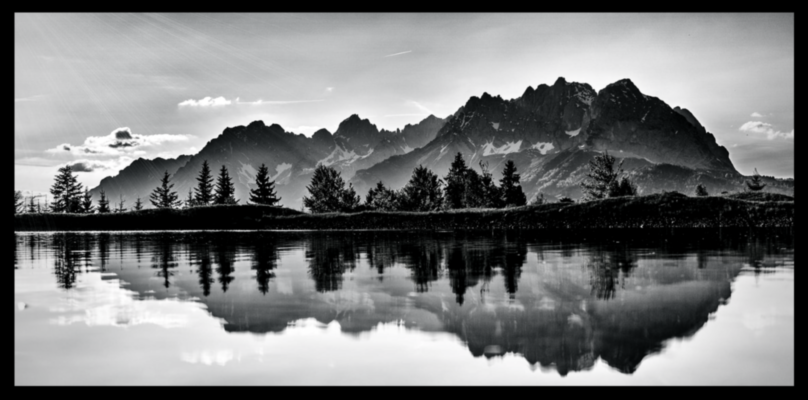Salesforce: Going From Green to Greener

Salesforce has made two announcements this week regarding their clean agenda. Marc Benioff’s announcement of a new initiative of “ethical and humane use of technology” at Salesforce came first, with a new position being created within the company to oversee the issue. Second, came the announcement that Salesforce signed up its largest renewable energy deal as part of its target of realising 100% usage of green energy.
The Global Climate Action Summit commences on the 12th of September, and these announcements come just before it. Salesforce is one of the central sponsors, with the event bringing together key figures in order to both commit on slowing and reversing climate change and its impacts, as well as celebrating accomplishments in the space.
Going green has long been a priority for Salesforce. Three years ago, the company signed a twelve year agreement for 40 megawatts of power from wind farm in West Virginia and last year in April it announced that it had accomplished net-zero greenhouse gas emissions. This new deal has seen Salesforce sign up to 80 megawatts of new wind energy in Illinois. This 15 year Virtual Power Purchase Agreement comes on top of the last two deals and moves the company closer to their target of realising 100% renewable energy sourcing by 2022.
The project is called Project Bright Stalk and is operated and owned by EDP renewable and is due to be completed by the end of 2019. It is projected that Bright Stalk Wind Farm will produce 205 MW at full capacity and is the company’s third wind farm in McLean county, Illinois.
João Manso Neto, EDP Renewables CEO stated: “EDP Renewables is proud to partner with Salesforce to help in meeting its commendable commitment of powering its global operations exclusively by renewable energy sources. This agreement is a major milestone for EDP Renewables and paves the way for our company to expand our presence as a wind industry leader in the state of Illinois.”
While Patrick Flynn, VP of Sustainability at Salesforce commented: “At Salesforce, we are committed to doing our part to step up to the challenge of climate change – the biggest, most important and most complex challenge humans have ever faced. This agreement is a huge step toward our goal of powering our operations with 100 percent renewable energy by 2022, and we are excited to work with EDP Renewables on this urgent initiative.”
It’s not just Salesforce that’s committed to using more wind power. Facebook also recently signed an agreement with EDP Renewables for 139 megawatts of power from a different wind farm in the United States.
Christiana Figueres, Convenor of Mission 2020 commented: “We have a collective responsibility to raise ambition, scale up our actions and move forward faster together to safeguard the sustainable development goals and protect the inalienable right to life of our and future generations. It’s inspiring to see companies like Salesforce step up their commitments to climate leadership and I look forward to seeing additional future contributions as we all work together to secure a turning point on greenhouse gas emissions by 2020.”
The summit will see Salesforce also hold multiple events focused on helping and educating on the quest for change. The company is also sponsoring a two-day hackathon that aims to develop prototypes, ocean health solutions, research and findings, etc. Employees will also volunteer more than 100 hours during the summit as part of its 1+1+1 programme.
This type of engagement is usually difficult to achieve for most companies. However, at Salesforce, their culture makes it far easier as employees know that the company supports philanthropy and in some ways expects it from them.
It’s also very impressive that this summit is so close to Salesforce’s annual conference Dreamforce which is due to start on the 24th of September. Being involved in two major events in one month is very remarkable.
However, there are a couple things that Salesforce needs to expand on and they are: what it’s current energy requirements are and how close they are to achieving their goal, and also what the company’s commitment is in countries outside of the US. I think it’s safe to assume that by 2022 similar agreements will pop up in countries with renewable energy programmes.
What are your thoughts on the Salesforce green agenda? Let us know in the comments!
Are you looking for a new challenge in the Salesforce space? Click here to see our vacancies.
